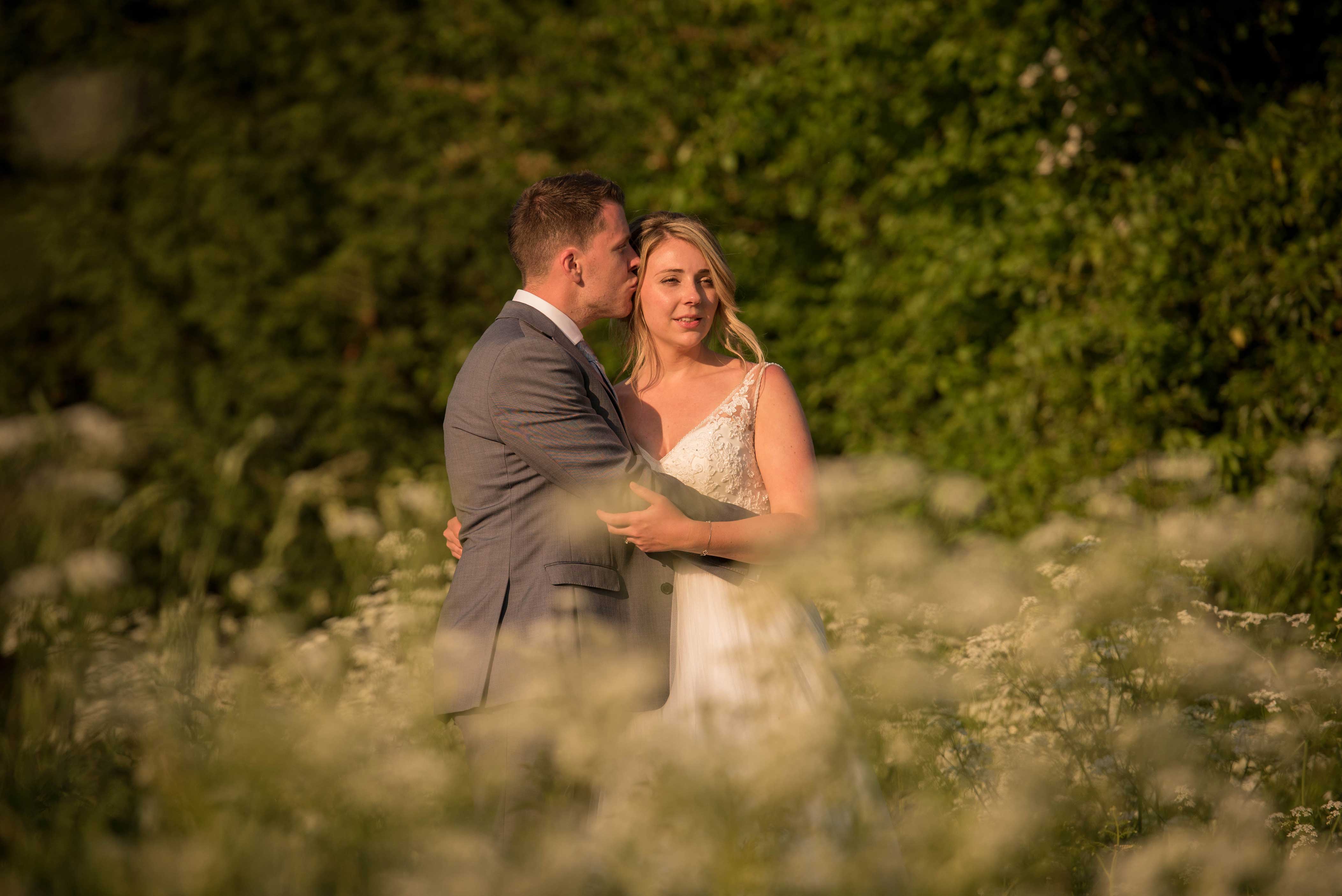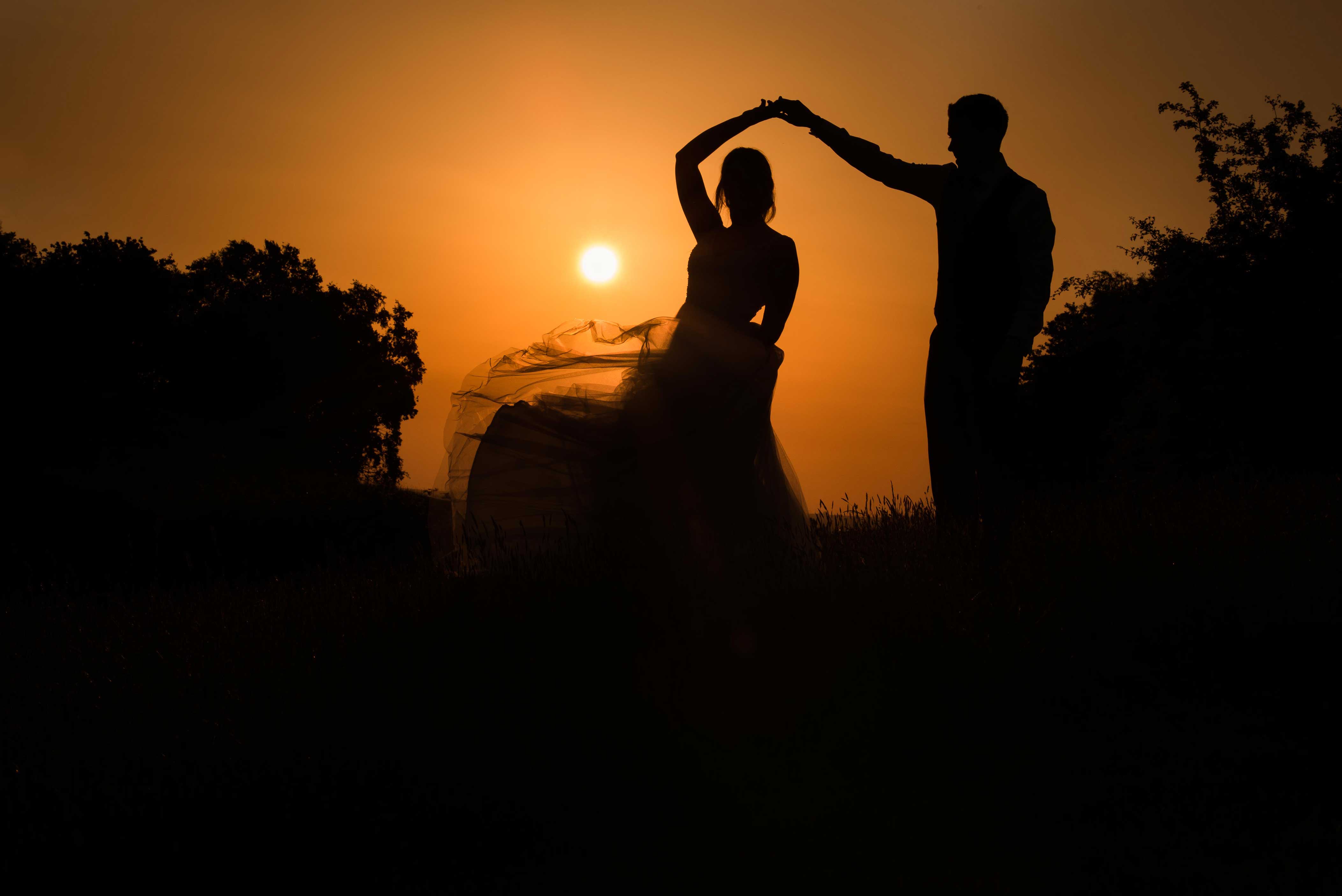Your wedding photographs are the one thing that remain once the wedding day is over to show all the little moments – your first dance, getting into your dress, and your first meal as a married couple.
But taking the perfect photos takes time, especially when you and your new husband or wife disappear off to have your photo shoot together.
No matter what part of the day you have your couple’s photo shoot, there may be a significant amount of time where you and your partner, the main stars of the show, disappear for an hour. But what are your guests going to do during this time?
I’ve had a think and have come up with some ideas on how to keep your wedding guests entertained during your photos.
If you’re having your photos during the drinks reception…
Lots of couples choose to have their photos during the drinks reception. This seems like a natural time. If you’re getting married at a church, people will be gradually arriving at your reception venue and receiving their welcome drinks and canapés. If you get married at a venue, it’s likely that they’ll want to turn the room around for your wedding breakfast.
So, if you want to have your photos taken during this time, there are a couple of entertainment options you can have.
The first is music. Hiring a string quartet, a pianist, a flautist, or even a singer to perform during your drinks reception is a great idea. Your guests won’t even notice that you’ve disappeared!
The second is games. If your venue has an outdoor space, you could hire some lawn games for your guests, particularly the children.
Finally, you could hire some bartenders who specialise in performance. Otherwise known as flair bar-tending, they can entertain your guests and throw glasses around while creating special cocktails for your guests.

If you’re having your photos after your meal…
Some couples prefer to have their photos later on in the day. There’s usually a natural break between your wedding breakfast/speeches and the evening reception.
Say your wedding breakfast finishes at 5.30 but your evening guests aren’t arriving until 7, you have an hour and a half to have your photo shoot. This can be a beautiful time to have photos in spring or autumn as the sun usually sets around this time.
This would be an excellent time to have a photo booth set up for your guests or even something a little more quirky such as a caricaturist to draw people while they’re enjoying tea and coffee.
If you’re having your photos after your first dance…
This would be an unusual time to have your photos, but in the summer, it can still be light outside after 9pm. Make the most of the warm summer evenings and get some beautiful sunset photos.
But your guests need entertaining in the evening. DJs are still very popular so your guests can have a dance. Bands are also becoming increasingly popular. Although they’re more expensive, nothing equals the sound of a live band to create some amazing music.










